Ann Brower doesn’t mind being in central Christchurch, which is surprising, really.
On February 22, 2011, the bus she was riding along Colombo St was crushed by building debris – the parapet and façade of an unreinforced masonry building – after a 6.3 magnitude quake hit, killing 185 people. Twelve people died beside her.
In Brower’s remarkable first-person piece from 2017, the University of Canterbury Associate Professor writes: “I’m the only one left, the lucky 13th.”
Yet during her recovery, involving two operations on her left leg and the non-surgical healing of countless broken bones, she forced herself back into the CBD. Not for long, just short exposures. This at a time when many people in Christchurch – including, insensitively, to Brower’s face – were saying they wouldn’t dream of going back there.
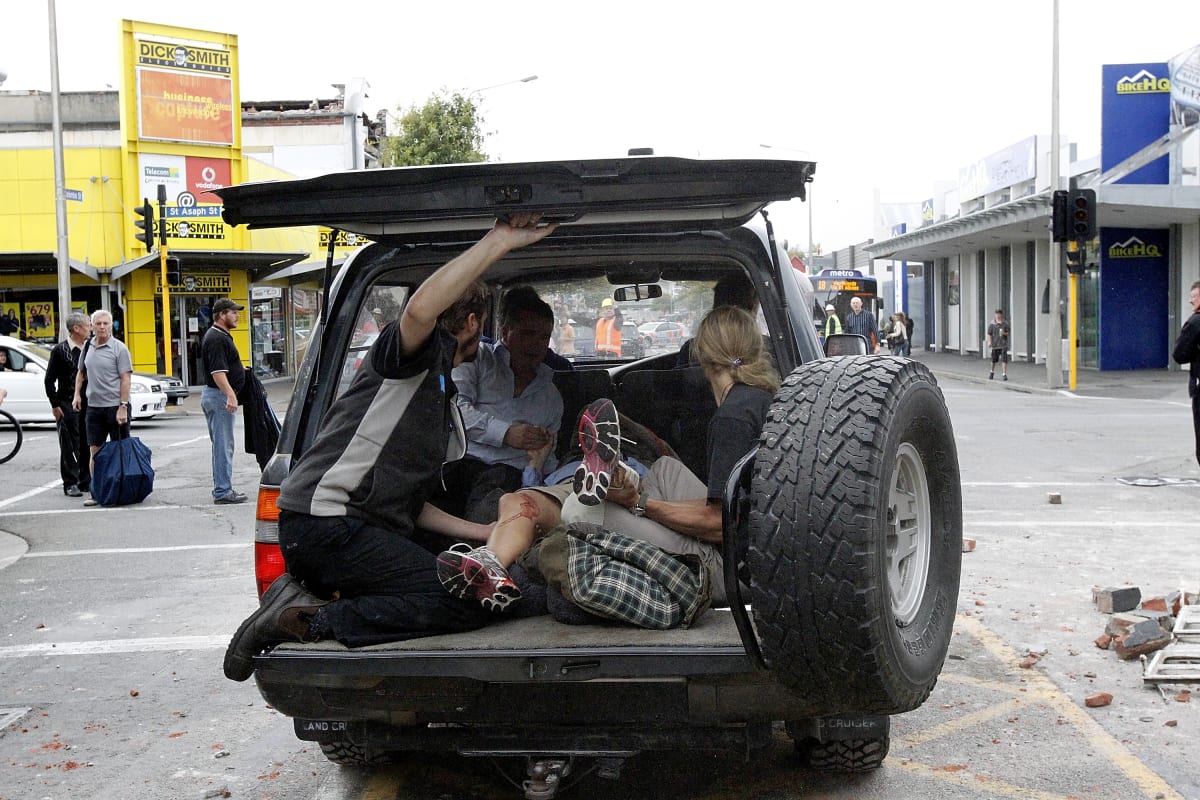
“I forced myself to do so,” she says. It wasn’t on anybody’s advice – it just seemed like something she should do.
“I did the work and now I’m perfectly comfortable in the city centre,” she says, adding she’s a lot jumpier than she used to be, especially when it comes to loud noises and violent movies.
“I’m not comfortable in and around brick buildings, but to be fair I never was because I lived in California for too long to be comfortable in or around a brick building – within 200 or 300 kilometres of a major fault, like the Alpine Fault.” (Brower is a native of North Carolina, United States.)
Central Christchurch has changed markedly from the early post-quake days, when it was a cordoned zone patrolled by the army. For years, parts would become temporarily inaccessible, while buildings – about a quarter in the CBD – came down, and new ones sprouted.
In between pockets of activity are large vacant areas, pregnant with promise but delivering only car parking.
Brower’s first three or four years after the quake were dominated by recovery. There was an endorphin rush for a while; she ran a couple of marathons – “I’m not running marathons now”.
What emerged most strongly, however, was a feeling she owed something to the world, the country, someone – “you know, the people who died beside me” – to right a wrong. In their own way, she felt Parliament, building owners and the city council had left those people on the No. 3 bus to die.
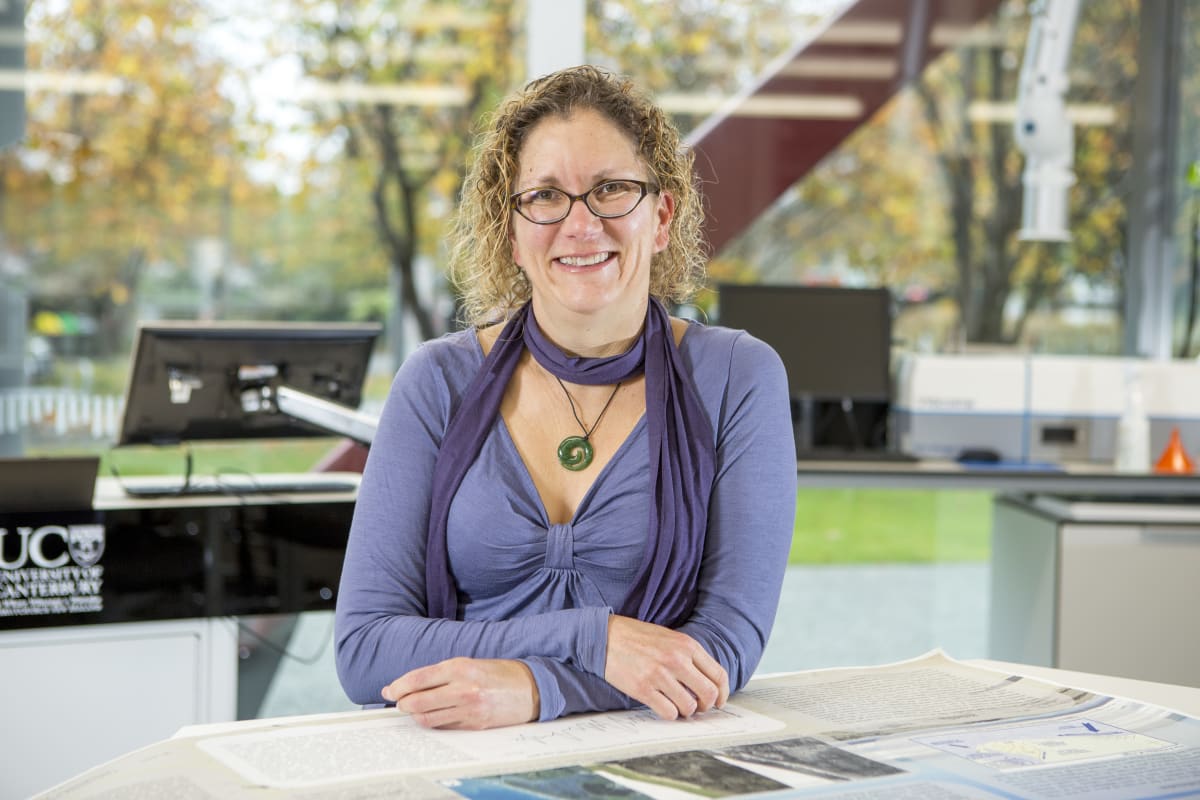
The earthquake-prone building that fell on Colombo St in 2011 was divided into four addresses. One was strapped, at a cost of $180,000, which saved lives. The other three were not. Later, Brower found the medical expenses alone to save her left leg, had been $504,000. Then there’s the incalculable cost of 12 deaths.
It would have saved the country money – and anguish – to compel building owners to strengthen their buildings.
Brower put her lobbying and policy skills – honed on her forensic examination of the tenure review process in the South Island high country – to work, in a years-long campaign that forced the Government to act. In 2015, the time for building owners to strengthen earthquake-prone buildings was halved in what would be known as the “Brower amendment”.
“Yeah, I think we are a safer nation,” Brower says.
“Those buildings that were expensive to fix, or too expensive to fix, it’s not fair to say, ‘Oh, but this will put me out of business and that’s not fair’. I’d say, actually, the public has been subsidising that building owner for some time, with the health risks of that building. We’ve been paying for that risk, not him or her. So that subsidy has ended and that’s a good thing.”
When Newsroom calls, Brower is writing her submission to the Crown Pastoral Land Reform Bill. So she’s on the back foot when we ask to discuss the 10-year anniversary of the quake, this coming Monday.
What are her reflections on the past 10 years? “Sort of muddled and confused, really.”
For a long time, Brower says even thinking about the central city rebuild made her sick to the stomach. Not for any rational reason, “but, you know, just trauma”.
She’s never spent much time in the city centre and still doesn’t. “But every time that I go in there, I think, gosh, we should come in here more often, we’re missing out on lots of cool things.”

Slowly – very slowly – cool things are emerging in the corners of central Christchurch, a pulse returning to the city’s heart.
With notable exceptions, like the central library Tūranga and the Margaret Mahy playground, it’s private developers who are behind this new city.
There’s The Crossing shopping precinct, opened in 2017. The following year, a riverside strip of bars and restaurants, known as The Terrace, was launched, as was a multiplex cinema opposite the bus exchange.
In 2019, it was the turn of Riverside Market, a development many see as the jewel in the rebuild crown.
A welcome and well overdue theme is increased visibility of all things Māori, woven into the fabric of the city through public artworks and clever decorations on buildings.
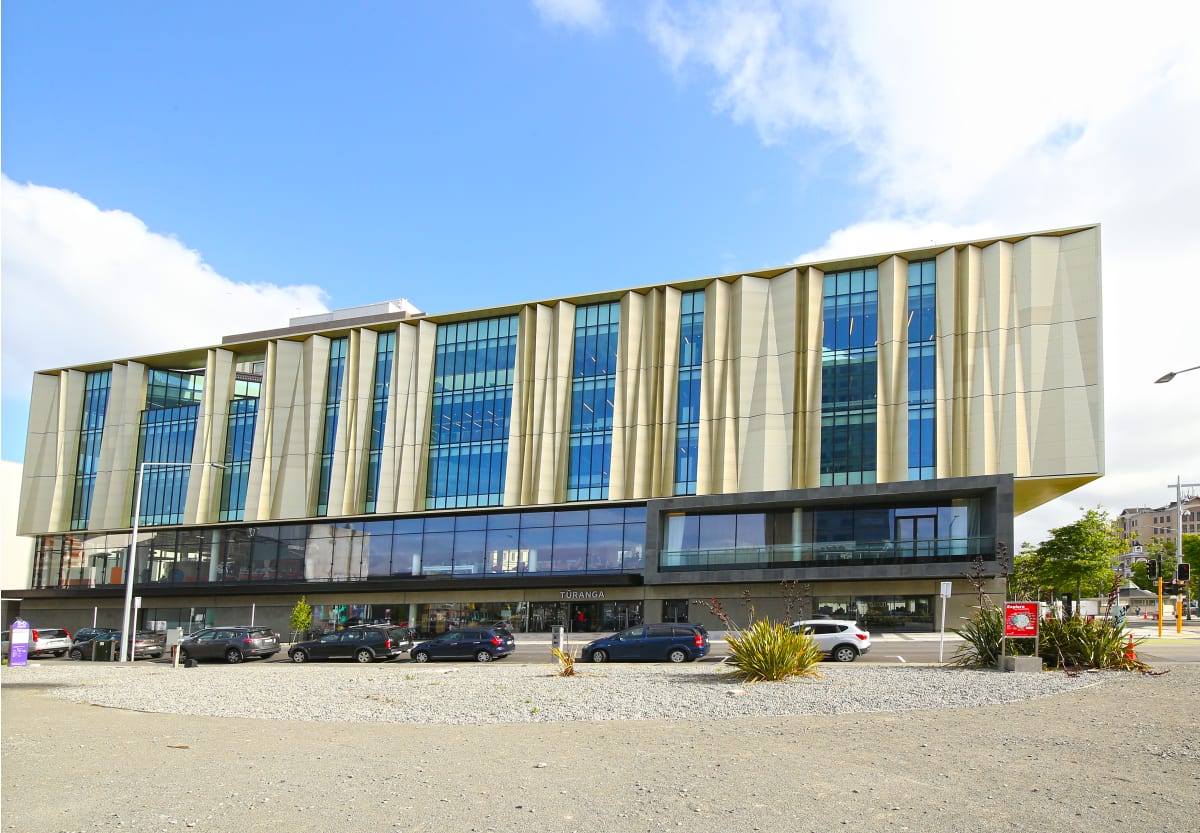
Tā Mark Solomon (Ngāi Tahu, Ngāti Kuri), kaiwhakahaere of Te Rūnanga o Ngāi Tahu for nearly 18 years, harks back to the council’s 2011 Share An Idea campaign, which generated 106,000 ideas for community redevelopment.
“Well over 70 percent of people who participated wanted to see both cultures in the rebuild, not just a monoculture, and I think that’s emphasised all through the city,” Solomon says. “In any disaster you all become equal, you’re all called victims, and it brings a different attitude and a different way of looking at things. I personally think we’ve gone a long way forward in relationships than we had before the earthquake.”
Christchurch has a lot going for it. It’s nationally recognised as a great place to live and do business, alongside only two other places – Queenstown and Tauranga.
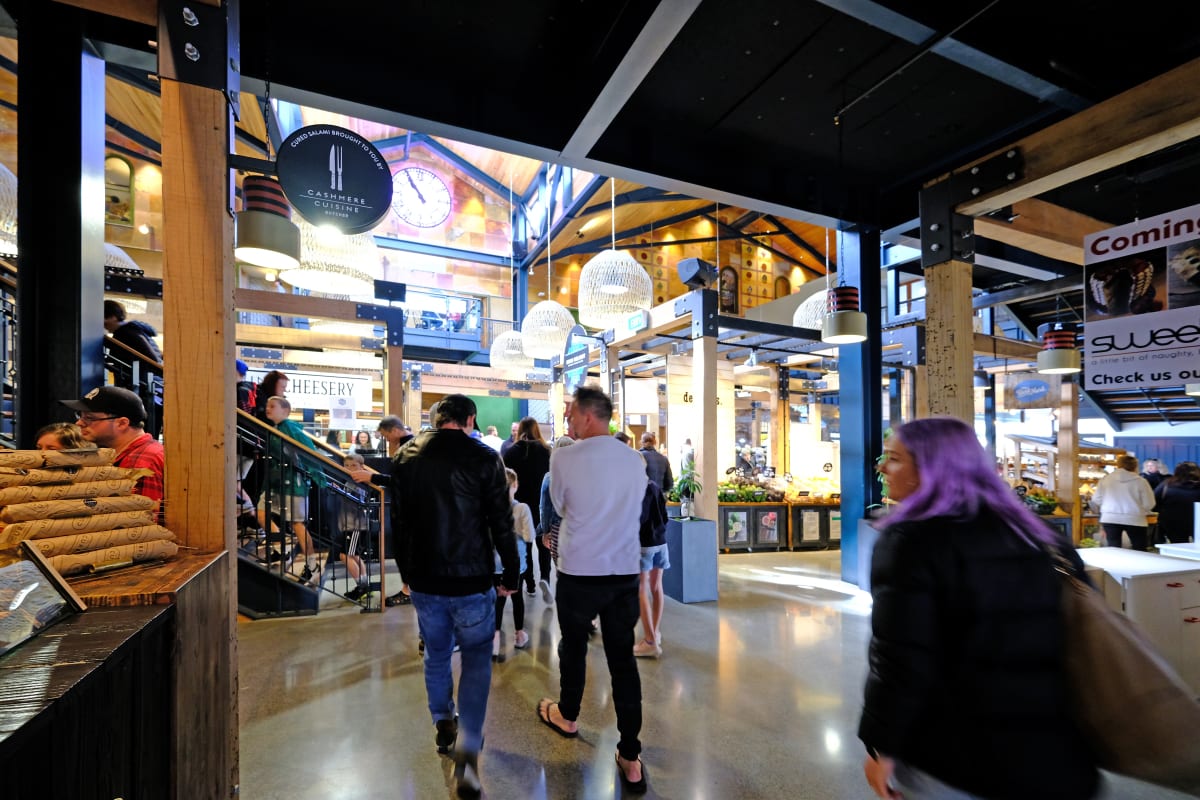
However, to borrow a line from Brower, the city’s quake recovery has been, in places, muddled and confused, sparking concerns it could be in danger of losing its natural advantage (reasonably affordable housing, easy commutes, lots of green space) over other places.
To be fair, particularly in the city centre’s south, and more recently to the west near the Avon River, there are flowing lanes and alleys, pedestrian and cycleways.
But in some areas, the best of the new is jarringly juxtaposed with the worst of the old. An incoherent jumble of the architecturally thoughtful and thoughtless. The awesome neighbouring the eyesore. For example, the monolithic (taxpayer-funded) convention centre sits directly across Colombo St from the striking Tūranga building.
Separating these pockets of activity are vacant lots, many of them vast, and too many of them carparks. That’s not to mention the surprising number of earthquake-damaged buildings that still stand.
The central city’s remarkable renewal often sits snugly against inertia.
“It’s a tale of two cities, in so many regards,” says Carl Davidson, chief social scientist of Research First. “There are a whole lot of people focusing on the future, thinking about opportunity. There are a whole lot of people who are feeling left out, and feeling like they have less opportunity than they did.”
He adds: “It’s a city of not just contrasts, but of contradictions.”
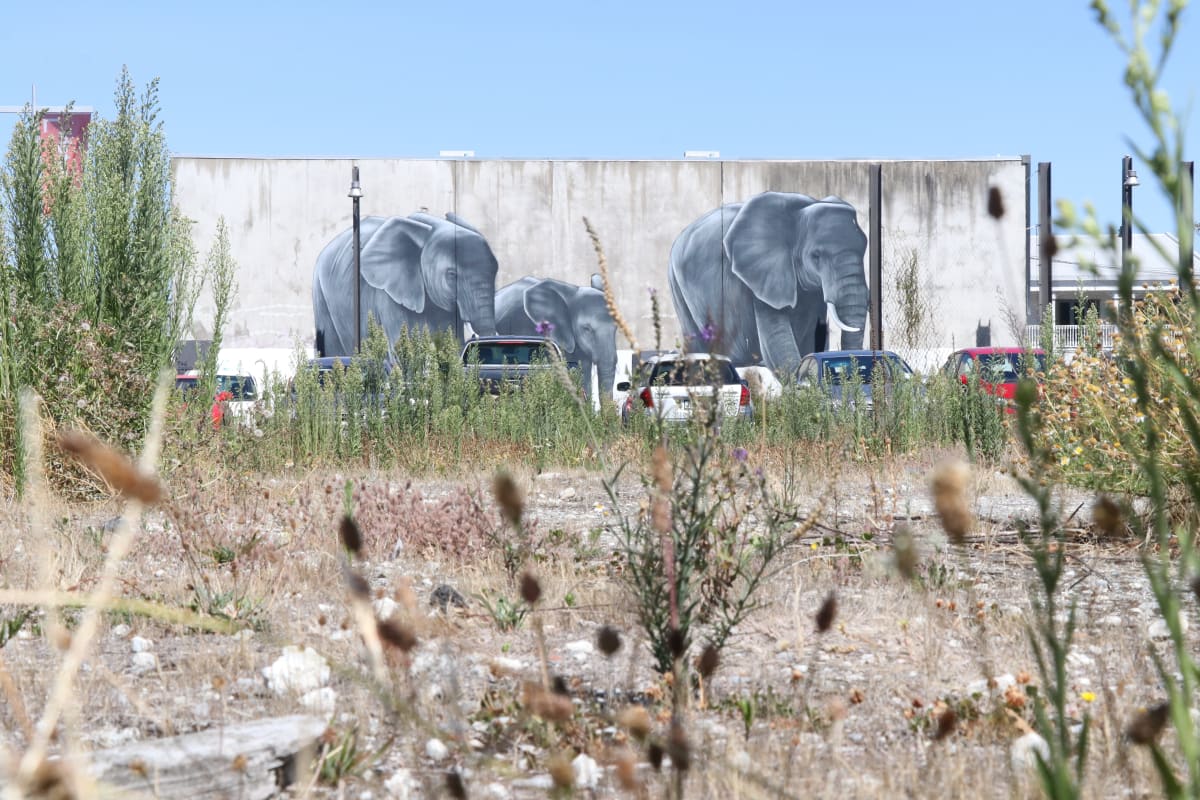
Some estimate 40 percent of the central city is yet to be developed. That leaves an opportunity to re-shape a city that has for decades, truth be told, been suburban, not urban.
The answers to big questions in the central city aren’t clear. Why are things taking so long? Who’s in charge? Who are we building the city for?
A ratepayer survey conducted by Research First last year found only 29 percent thought Christchurch was better than it was before the quakes, and just 32 percent said they knew the city’s vision.
“I think it’s absolutely the case that there hasn’t been a clear vision of the city,” Davidson says. “I don’t think there even is, at the moment, a clear vision of the city, so it’s been really hard to rally to an idea of who we could be.”
Part of the problem is intervention by central Government, which created the Canterbury Earthquake Recovery Authority to lead the rebuild. It overrode a council central city recovery plan with its own blueprint, which divided parts of the city within the “four avenues” into “frames”. When the authority was dissolved, a hodge-podge of public agencies – Regenerate Christchurch, Ōtākaro, and Development Christchurch – filled the void, leading to an avoidably messy relationship with a disempowered local council.
This bureaucratic tangle has led to confusion and delays, not least for the National-led Government’s much-vaunted “anchor” projects. A stadium hasn’t even started and the metro sports facility and 900-home townhouse and apartment development are unfinished, years after they were meant to be completed.
Surely, some will be kind to the government of the day for having the courage of its convictions, including “red-zoning” huge swathes of the city’s east, evicting people from their homes built on land deemed unsuitable for such developments. But another view is the blueprint was an unnecessary restraint on the city’s future shape.
Another failure was one of communication. Share an Idea made it seem like the city was a blank canvas, which clearly wasn’t true. Also, a realistic rebuild time period was always 20-to-30-years but this was rarely uttered, perhaps because it was seen as politically unpalatable.
Former Earthquake Recovery Minister Gerry Brownlee – who infamously said in 2012 he was sick and tired of “carping and moaning” from some residents – didn’t respond to a request for comment.
But last year he told Stuff the rebuild was always going to take a long time. “When you lose so much, you don’t replicate it overnight or even in a decade. You could never say that at the time because that would have been incredibly demoralising for people.”
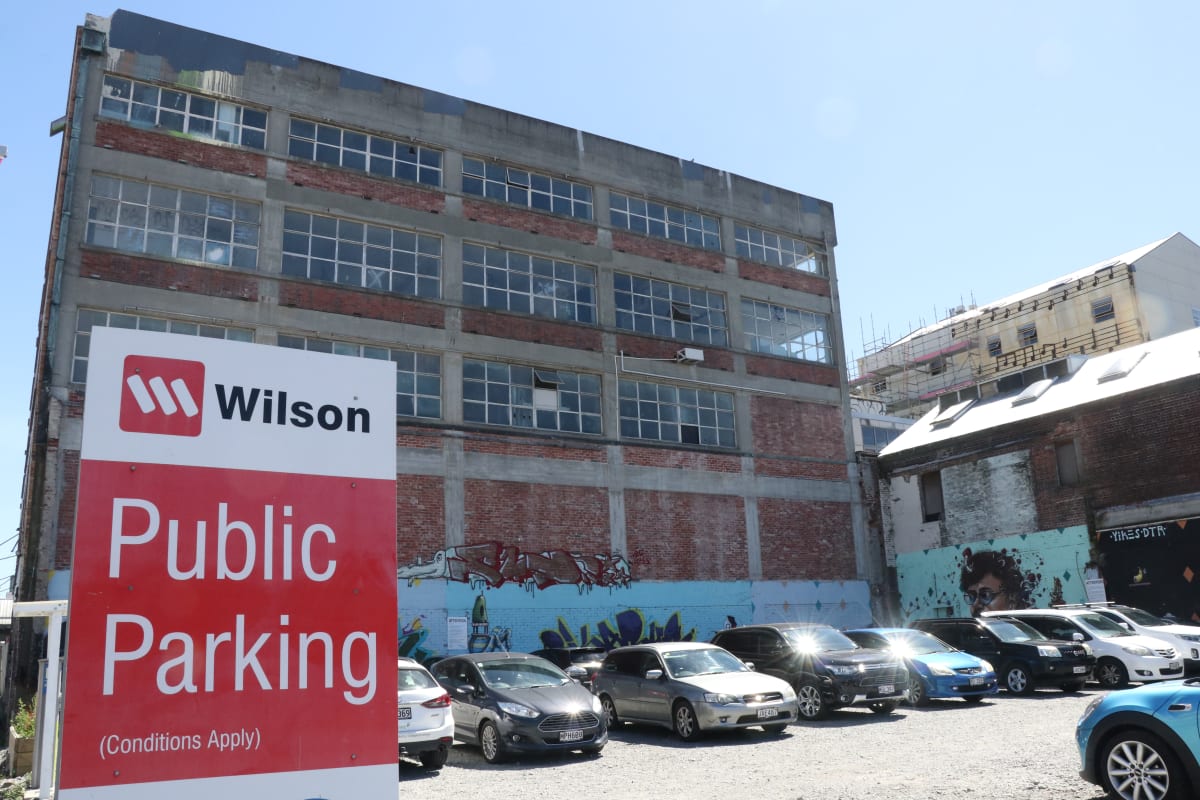
Garry Moore is well-known for hosting public talks at his Tuesday Club, “celebrating the people’s republic of Christchurch”, at his family’s business, Smash Palace, a central city bar.
The former mayor says central government intervention in the city was “unacceptable and undemocratic” and Christchurch is still paying the price for planning decisions that pushed up central city land prices, making wealthy developers even wealthier. That could change, however, if “decent planners” occupied key roles at the city council.
“That’s what we’ve got to do – we’ve got to get over the fact the city plan that we inherited is rubbish. We’ve got to rewrite it.”
Urban designer James Lunday is a former general manager of Regenerate Christchurch. He’s calling for a European-style regeneration, a flood of new people moving to the central city. But not, he warns, the Merivale types – referring to an upmarket suburb in the city’s north where an average home costs about $1 million.
“It’s people that are new graduates, it’s people that are artists, it’s people that are on the fringes of society – they’re the people that move into the traditional kind of loft apartments.”
However, he believes the high price of land in the city centre is getting in the way.
The cost of land most likely contributed to problems dogging a prominent site north of Latimer Square earmarked for affordable houses. Italian architecture firm Anselmi Attiani, with local partners, known as Breathe Ltd, won an international design competition in 2013 to build 85 timber-clad terraced houses. But the developers pulled out. In 2018, a new 150-home plan for the 8000-square-metre, taxpayer-owned site was announced, but developer Ōtautahi Urban Guild backed away from the project last year.
Lunday is advocating for a big intervention by the council – which he doubts is “match-fit” for such a challenge – to try and usher in affordable housing. Right now, he sees no short-term or long-term plans or policies that can turn the city around.
“It’s the old carrot and stick,” the Glaswegian says. “The council needs to start charging people for having vacant sites, by charging the rates at a fully developed rate. The other one is the carrot – if you come forward with a good proposal, we don’t charge fees, and we won’t charge development contributions.”
The council has discounted development contributions to encourage inner city developments previously, Lunday says, “but not in a strategic way”. Christchurch has a huge opportunity – one that other cities don’t – to fix such problems, he says.
“It’s to our advantage to be the most affordable city in Australasia, because we will then attract young creative people who are going to come here and do things. But they won’t come if it’s not affordable.”
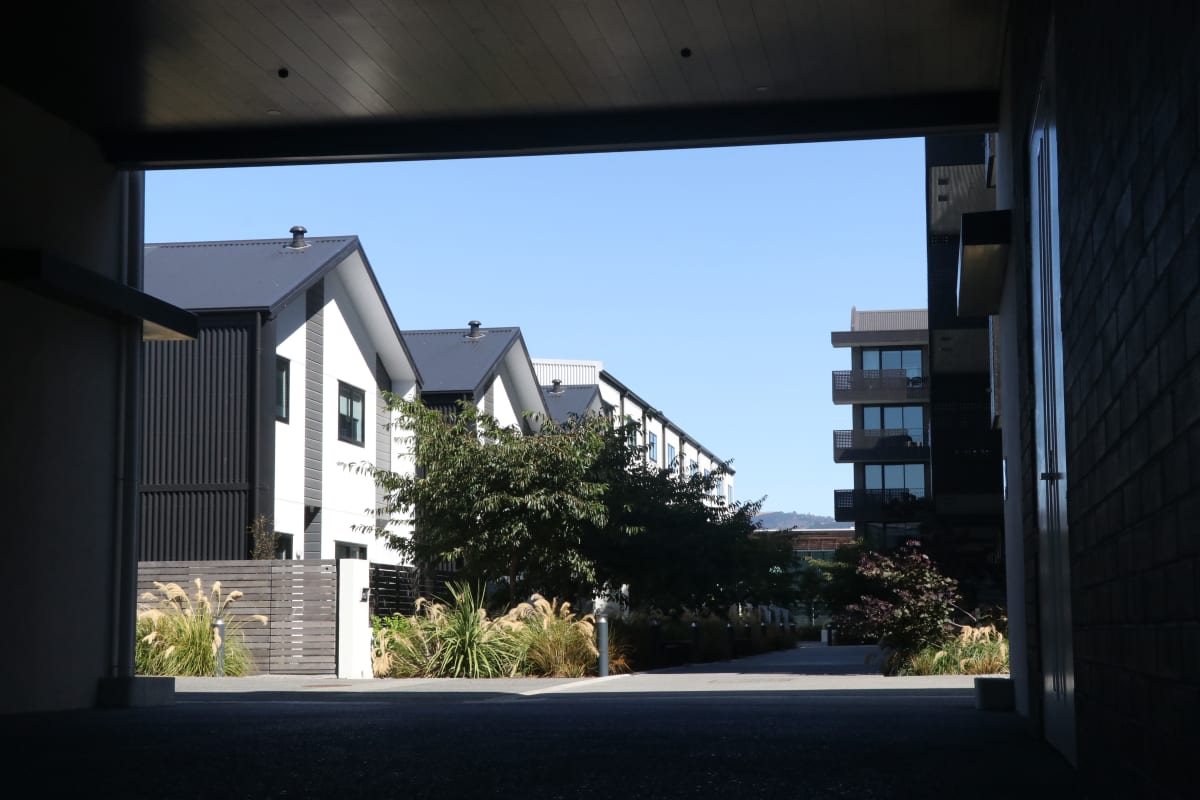
Tom Logan, a University of Canterbury lecturer in civil systems engineering, says having people downtown promotes constant activity. At the moment there are pulses of activity as people come and go to work, or head into the city to enjoy its nightlife, a sports fixture or concert.
“Having people living there generates that constant life and that supports local businesses, but it also provides what Jane Jacobs described as ‘eyes on the street’, and that makes those places safer.”
Adding diversity – by, say, locating a retirement village downtown – provides different people, using different services, different amenities and different shops at different times of the day to professionals. “The aim of getting people there is that constant activity rather than the 8 o’clock and 9 o’clock pulses when people come and go, or pass through.”
A small city, like Ann Arbor, in Michigan, United States, is a good model, Logan says. It has better public transport and denser living than Christchurch, despite the city being home to only 120,000 people.
Christchurch has a problem with sprawl. Not just to new city subdivisions like Prestons, in the north-east, or Wigram, in the south-west – not to mention thousands of new houses earmarked for Halswell – but beyond the city’s borders.
More and more people who work in Christchurch are choosing to live in places like Rolleston and West Melton in the southern Selwyn district, or Waimakariri’s Kaiapoi and Rangiora.
In 2006, Selwyn’s population was 33,645. By 2018, according to the latest census, it was now home to 60,561 people. (Rolleston now has a high school, opened in 2017, and next year its sixth primary school will open.) The rise in Waimakariri over the same period wasn’t quite as dramatic, but it still had a 39 percent increase to 59,502.
The problem that creates, of course, is commuting. More than three-quarters of Selwyn’s workers drive a car, truck or van to work. Reducing vehicle emissions, a huge focus of the recent Climate Change Commission’s draft advice to the government, is made harder by the shift out of cities, especially when those satellite towns are also expanding, entrenching our car use.
It’ll take a monumental shift to get Canterbury commuters out of their vehicles.
The regional council, ECan, has a plan with the Transport Agency, Waka Kotahi, to re-invigorate public transport, by increasing bus frequency and reliability, putting on more direct services to satellite towns, and building more bus lanes. Annual spending will increase from $65.5 million to $116.2 million (in 2020 dollars) within a decade – although some planned infrastructure spending, paid by district and city councils, has been delayed to save money.
Mass rapid transit, like light rail or rapid buses, is being discussed, but isn’t expected to appear until about 2038.
University lecturer Logan – who moved into the central city a few weeks ago – says young people are moving to the city, including those returning from overseas because of Covid-19. “They’re wanting to see cities that actually have the pulse.”
Once they have kids they can move out to the suburbs, he says. “Hopefully they don’t have to move out to Methven by the time we’ve sprawled out that far.”
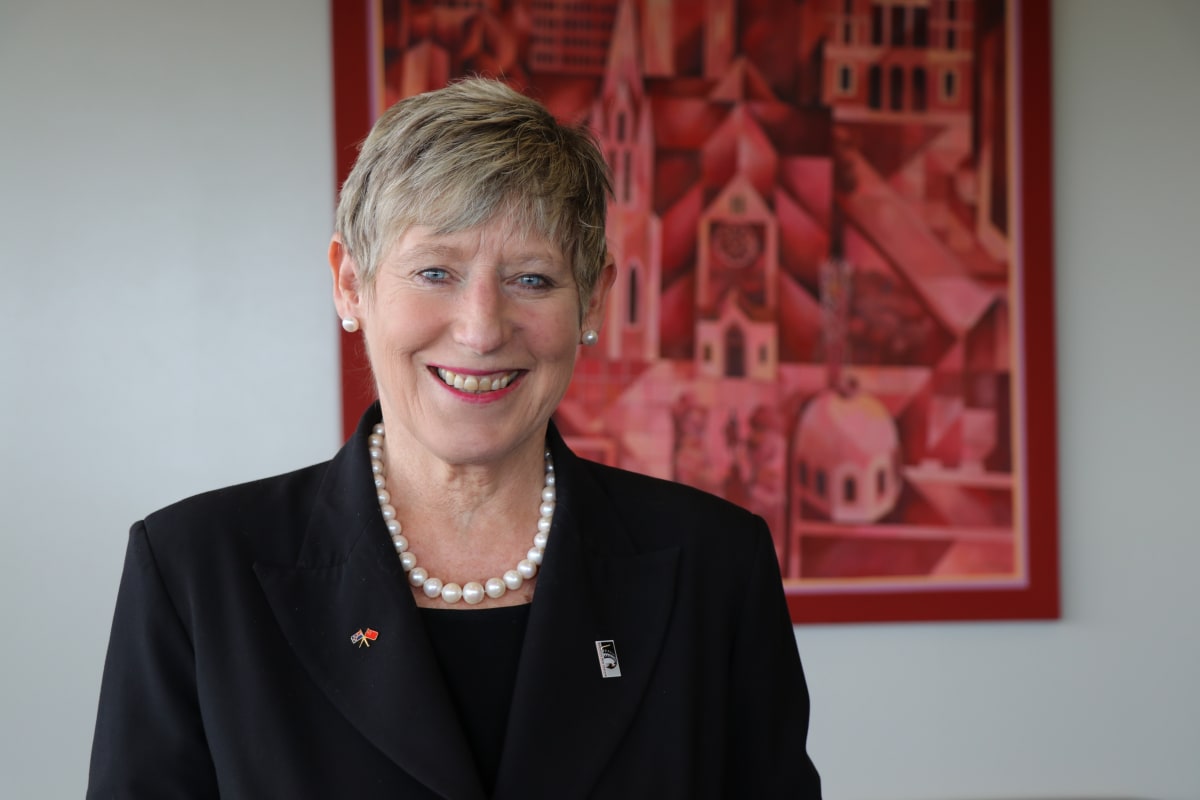
Christchurch Mayor Lianne Dalziel has had a terrible few months. Her husband Rob Davidson died of prostate cancer last year, and last Sunday her mother Glenys died.
She says while her husband was dying she came to accept the phrase, “it is what it is”.
“And this city is what it is. I’d rather look forward optimistically about what we realistically can achieve.”
The mayor is adamant the essence of what people imagined in Share an Idea – a liveable, accessible city with walking, cycling, and green spaces, facing the river – is reflected in what’s being built today.
She also pushes back against suggestions the council hasn’t a clear plan – although she fails to articulate what it is. “I think that we have turned a corner,” she says. “When you see the city through the eyes of people who come to visit for the first time in a long time, they are really excited about what the city is becoming.”
She calls the multi-use arena and metro sports facility “assets of scale” that will bring huge benefits to the city, through sporting events, concerts and competitions. “Christchurch is going to be a place that is able to face the future with confidence.”
Dalziel points out central city planning rules were imposed by central government, sidelining the council’s draft central city recovery plan, before she was elected.
However, the rules are “very enabling of residential development”, she says, with minimum intensification provisions of 50 households per hectare.
“Whether people are investing in residential development within the four avenues, that is the question – and whether the council has tools that enable it to require the barrier sites to be addressed in a timely fashion. Clearly we don’t have the powers to require people to act.” (Unless there are issues of safety of people, or protection of property, that is.)
Already there’s a vacant sites programme, aimed at tidying up the roughly 450 vacant sites, 20 percent of the central city, and encouraging owners to speed up development.
But Dalziel reveals the council is considering a future rate for vacant sites in the central city. That might be in the form of a targeted rate for vacant central city land. “We’ll be talking more about this with the community and owners of vacant sites in the coming months.”
About 7170 people live in central Christchurch now, 90 percent of the pre-quake level. By 2028, the council wants 20,000 people living there. This seems overly ambitious, Newsroom suggests to Dalziel, who shakes it off.
“It is ambitious, so I’m going to concede that,” she says. “I’ve done that because I know how important it is for the city to have that focus on building population.”
(For her part, Housing Minister Megan Woods, the Wigram MP, says she’s “absolutely committed” to seeing more affordable housing through a national policy statement for urban development, and the replacement legislation for the Resource Management Act.)
Then Dalziel touches on the crucial issue – a seemingly insurmountable barrier to more than doubling the number of people who live in the central city in seven short years: “You don’t have to be far from the central city for your dollar to provide a lot more.”
That’s right. A one-bedroom apartment in Christchurch’s CBD costs roughly the same as a three-bedroom suburban house with a double garage and a backyard.
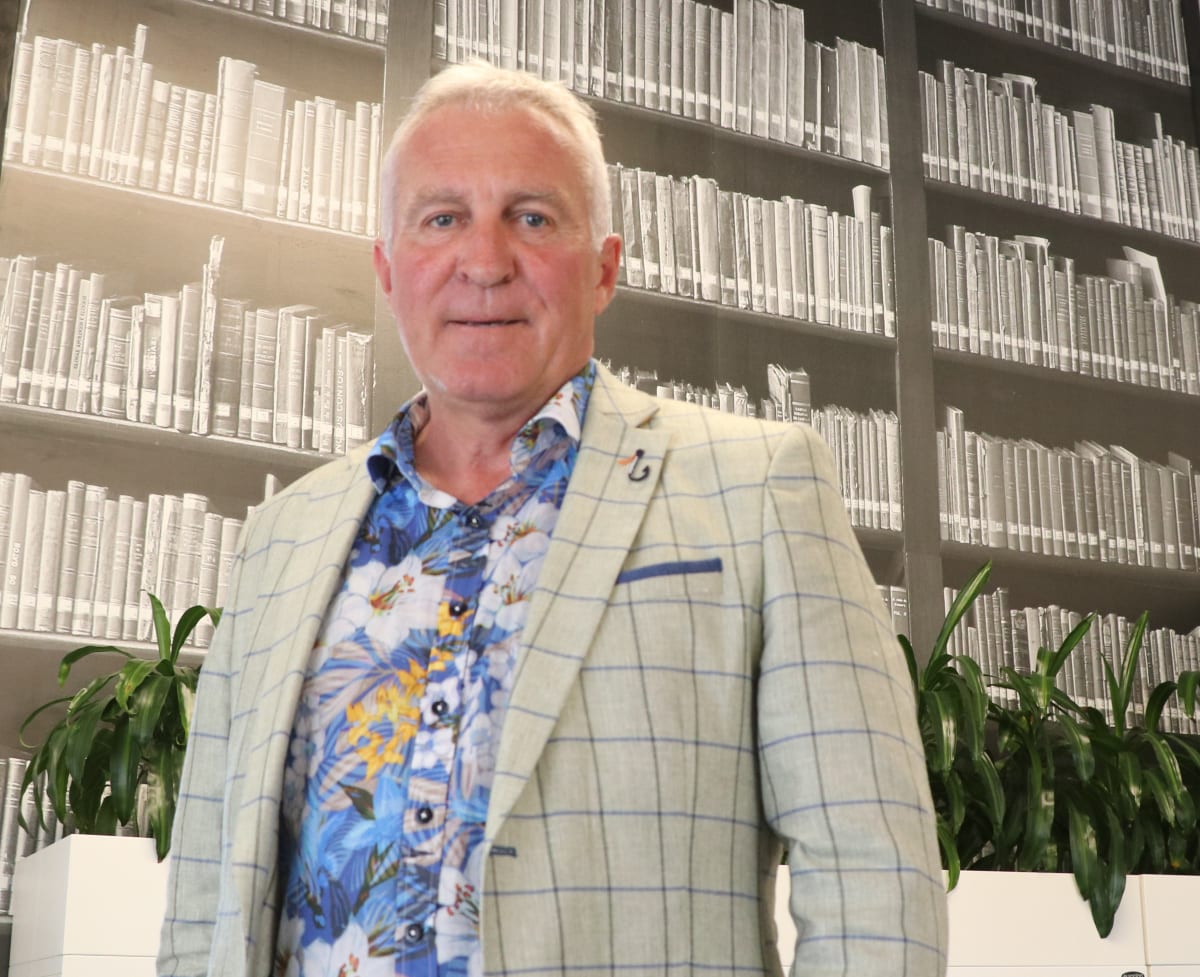
All developments are demand-driven, Canterbury Property Investments director Miles Yeoman says, and people aren’t falling over each other to buy inner city apartments. Christchurch isn’t like Auckland, Wellington and even Dunedin – which have universities in the city – to bring that extra demand pressure. “You can be 10 minutes and you’re on the outskirts of Christchurch and you’ve got a house worth $500,000, brand new, on a reasonable sized section.”
Yeoman and his business partners have completed about 20 commercial and retail developments since 2011. The company buys a site, builds on it alone or with a partner, and holds onto it. It has between 80 and 90 commercial tenants.
Right now it’s finishing an 84-room conversion of the Bradley Nuttall building in Cambridge Terrace into Quest apartments, and is building eight 50-seat cinemas at Wigram.
Christchurch missed a big opportunity after the quake, Yeoman says, to bring the university into the central city. “Imagine, the whole east frame would be apartments. That would have been a game-changer but that obviously didn’t happen – and I know it’s easy to say it should have happened, but the numbers were big. They were huge.”
Wouldn’t it have been a big call to up-sticks on a site at Ilam, west of the city, with about $1.5 billion in property assets? Sure, Yeoman says. “Then again, in a rebuild of $30 billion or $40 billion you go, well, looking 50 years down the track it would have changed our whole city.”
A city needs a plan to attract 20,000 people to live in the central city, he says. Is there one? “Not that I’m aware of.” He’s also sceptical a council rates hike will prompt site owners to build.
Much of the vacant land is a function of large insurance payouts, Yeoman thinks. “The value that’s left in the land is minuscule compared to what they’ve been paid out, so they may as well just sit on the land.”
However, he adds: “I’m not aware of anybody that’s trying to just buy land to sit on it and land bank it.”
Many sites are owned by overseas companies, while many owners don’t have the skills to develop the land themselves. “You could count on one hand the number of developers that are still in the market prepared to look at developing.”
Yeoman reckons Christchurch has turned a corner. For the first time, there’s huge interest from outside the city from those prepared to and live here. “It’s starting to feel like a city – a small city, too.” He adds: “I like Auckland but I wouldn’t want to live there.”
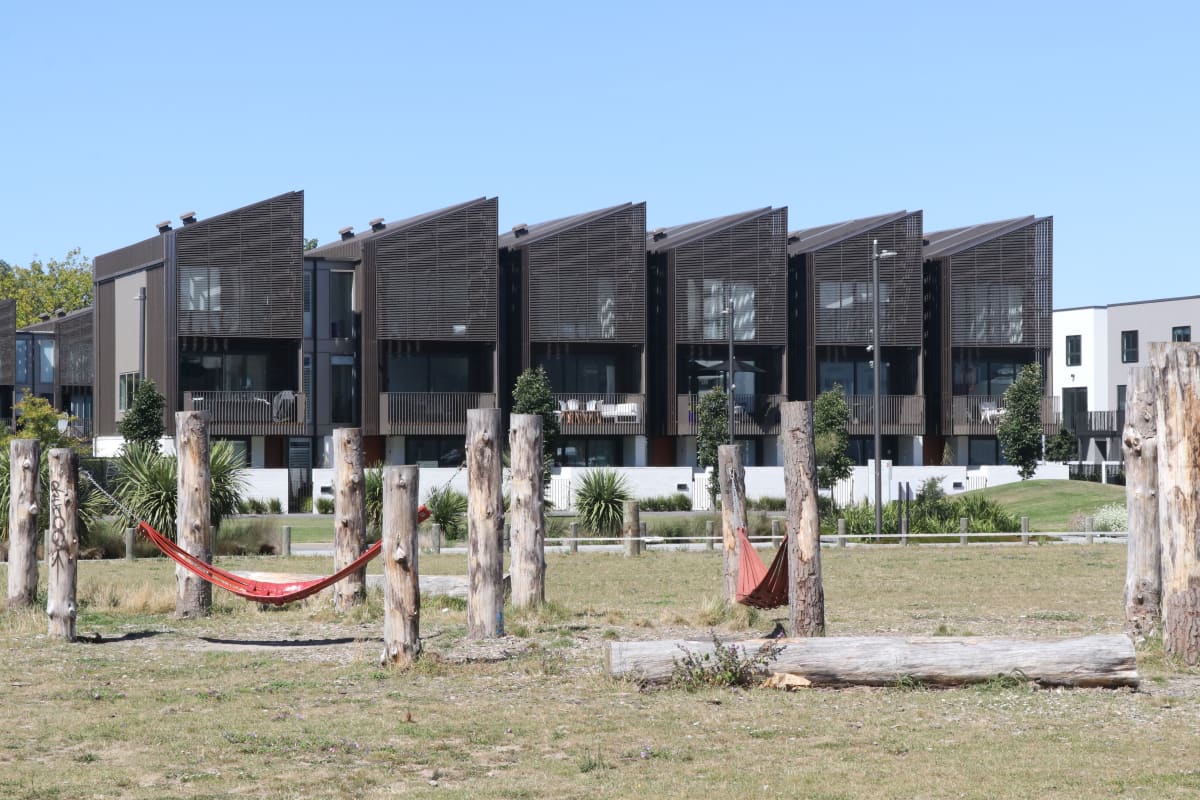
The central city’s most prominent building – so prominent it’s on the council’s logo – is the Anglican cathedral. Its fallen tower has been cleared away for years but its broken shell – the exposed western end now covered by a printed banner – has been a stark reminder that for parts of the city, the clock stopped on February 22, 2011. (A consent for strengthening and restoring the cathedral has been granted, with work possibly finished by 2029.)
In the aftermath of the quake, it took several weeks for urban search and rescue to confirm no one had been killed by the cathedral’s collapsed tower. The then dean of Christ Church Cathedral, Peter Beck, had the news confirmed in a 1am phone call.
“I just burst into tears, it was just extraordinary,” he tells Newsroom. “That felt miraculous, but of course 185 people were killed, so while we’re glad there weren’t any in the Cathedral, we mourn those.”
Beck has settled back into the city after a stint in New Plymouth. He’s mostly retired, though he’s still part of the eastern suburb lobby group Avon-Ōtākaro Network, and looks after a homeless parish, St Luke’s in the City, whose church on the corner of Manchester and Kilmore Sts was demolished after the earthquakes.
When he was dean he called the cathedral the heart and soul of the city. “To my mind, although the church owns the building it doesn’t actually belong to us, it belongs to the city. And it’s an important spiritual and emotional link for everybody. I’m keen now that it’s on its way, that we get onto it and finish the darn thing.”
“What was once a place of trauma is now an oasis for healing.” – Peter Beck
Beck recalls answering questions from the world’s media in 2011. The quake was not an act of God, he told them, rather it was “the planet doing what the planet does”.
The act of God could be seen in the care and the courage and the commitment of people supporting each another across the city. “And so it was,” he says. “It was extraordinary.”
During last year’s Covid-related lockdown he and wife Gay would walk the Te Ara Ōtākaro Avon River Trail, running from the city to the estuary, which was buzzing with people exercising in their family “bubbles”.
As he walked by the river, he reflected on 10 years of transformation.
“The earthquakes brought devastation on an unprecedented scale to this area, communities were destroyed, ties that bind were ripped apart amongst the community. As we walked along there last year, what was once a place of trauma is now an oasis for healing. What had happened, the spirit, the wairua, of the people, of the land, wouldn’t be defeated.”
Christchurch people have faced a cascade of trauma since 2010. Earthquakes, flooding, the Port Hills fire, more earthquakes, a terror attack on two city mosques, and, like the rest of the world, a pandemic-related lockdown. Families have been uprooted by natural disaster, battered by untold stress over unresolved home insurance claims.
“It is a unique situation that Christchurch has experienced,” says Kathleen Liberty, a health researcher who’s retired from the University of Canterbury. “In all my reading about other earthquake-affected communities and disasters, the only one that seems to have come close is what’s happened in Japan around Fukushima, because the nuclear disaster there made things so much worse.”
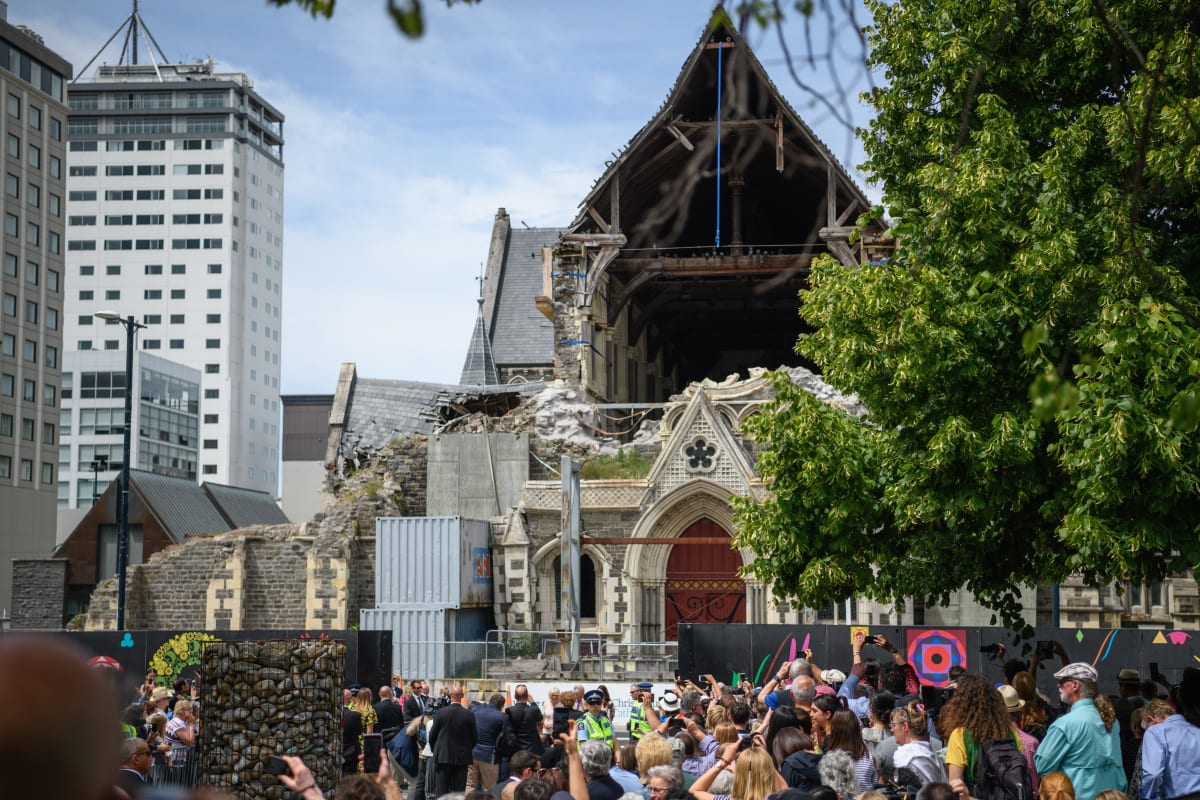
Liberty developed a set of strategies to help reduce post-traumatic stress in children, which was adopted by 17 schools, 12 pre-schools and six kindergartens. Her studies showed the strategies reduced symptoms in the worst-affected children, while symptoms worsened at other schools.
Trauma can lead to behaviour and learning problems, and difficulty making friends. As a teenager’s identity develops, they might start thinking that’s who they are, Liberty explains – a troublemaker, a shy person with no friends, someone who can’t read well.
“They’re this person with all these troubles, instead of realising it’s not who they are, it’s what happened to them. And that has a profound difference on how you view yourself and your place in the world.”
Research shows when such a cohort is in their late 20s and early 30s, there can be an increase in severe mental health problems and suicides. That’s why a supportive environment for young people – at home and at school – is so important. Empty promises that everything’s going to be okay doesn’t work, because sure enough, as Christchurch shows, it won’t be.
Even though her research had ended, some schools contacted Liberty after the mosques attack. She discovered some children previously exhibiting PTSD symptoms were coping so well they were able to help younger children. That bodes well, Liberty believes – especially as the effects of climate change start to worsen.
“We can think of Christchurch as a city where we have a cohort growing up who are learning how to face disaster, who are learning how to look out for each other, who are learning to realise that people go up and down, and that events outside themselves affect how they are,” she says.
“The fact that we’ve been through all these traumas might give our young people, just entering puberty now, more skills to deal with what the future is going to hold.”
Despite reservations about the chances of large-scale apartment building in the central city’s rebuild, there’s a chorus of positivity about Christchurch’s future.
Developer Yeoman notes the city has affordable houses, great schools, a good lifestyle, an international airport, ski fields, it’s easy to get around, and not too congested.
Says former mayor Garry Moore: “We’ve got the opportunity as a city, to be the most exciting city to attract young entrepreneurs to a place that’s ripe with potential. And those people have got the opportunity to actually rewrite what the city becomes.”
But first, there’s a quake anniversary to deal with.
Brower, the sole survivor of bus No. 3 on Colombo St in 2011, says her life has certainly changed in the past 10 years, although she can’t, off the top of her head, list the ways. She’s strong and well within herself, she says, and life continues on in relative normality. Except when February 22 approaches.
“The closer we get to February 22nd, the more I’m looking forward to it being over. I will feel more strong and more well on February 23rd. I’ve learned that.”



